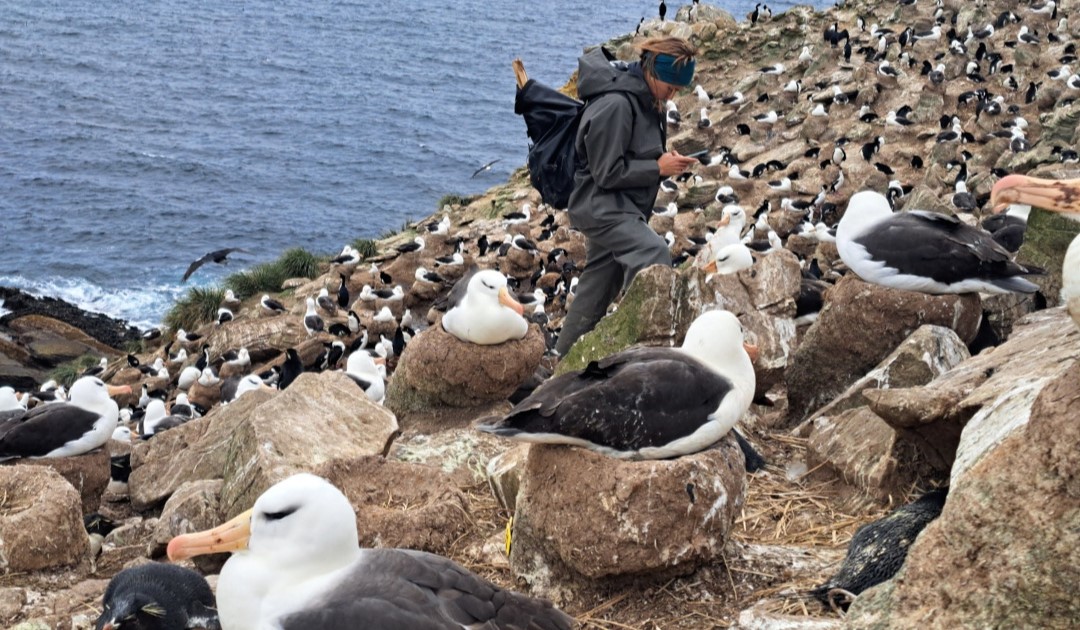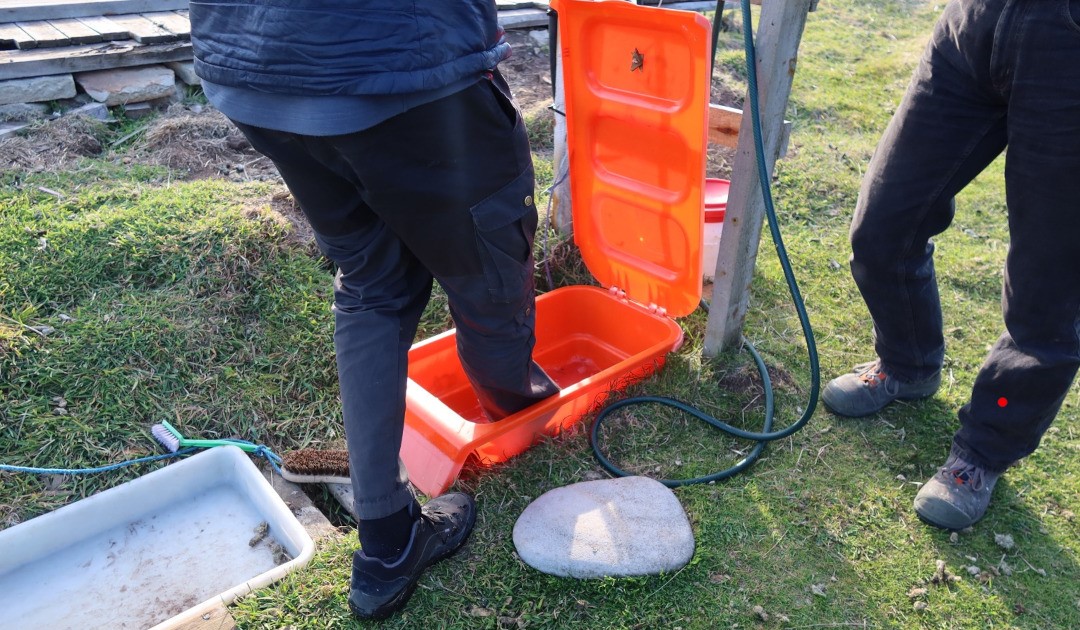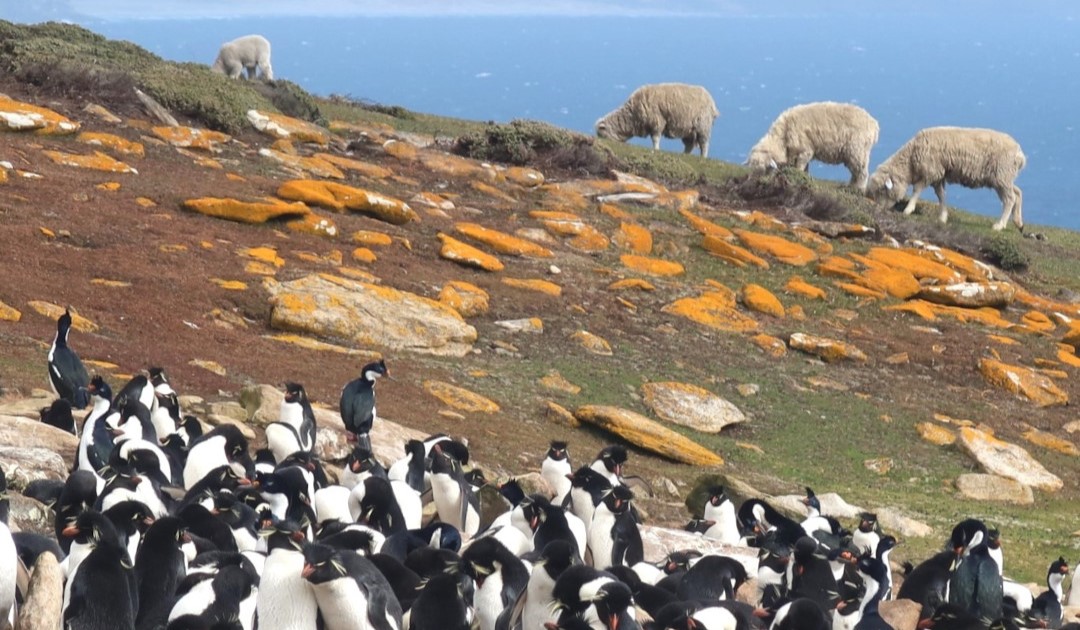
The arrival of spring in the southern hemisphere is causing concerns. The international network for monitoring wildlife epidemics is warning of a resurgence of H5N1 in south America and the risk of the virus entering Antarctica.
On 29 August 2023, the Spanish newspaper El Pais reported the death of around twenty fur seals on the Argentinian coast due to the H5N1 virus, the first cases reported in Argentina. At the same day, the South Atlantic press agency MercoPress ran the headline “Falklands warns about the return of migratory birds and most probably Bird Flu”.
Since August, World Organization for Animal Health (WOAH) and Food and Agriculture Organization (FAO) experts have been warning of the risk of the H5 avian flu virus spreading to previously untouched territories: the Antarctic, via the sub-Antarctic islands. And among these, the Falklands are at greatest risk.
“The problem in the Falklands is cohabitation with the wild: we can’t control the movement of animals, let alone the sea and air boundaries of marine mammals and birds,” explains Keltoum Boumedjane, a doctoral student at the École des Hautes Études en Sciences Sociales, working on biosecurity and human-wildlife cohabitation in the sub-Antarctic islands.

South America has seen and still sees a massive wave of infections already. The H5N1 virus is thought to have arrived in Colombia in 2022. Ever since, around 500,000 wild animals are thought to have died in Peru, 13% of Humboldt penguins have been affected in Chile, and the virus can spread 6,000 kilometers in three months. The problem: It affects birds, but also mammals such as sea lions and whales.
The Falklands are only a little more than 500 kilometers away from the South American continent. “In terms of monitoring, the local community is on the lookout for suspicious mortalities, such as an unusual number of corpses found. They are also alert to the clinical signs of avian flu, in particular the neurological disorders they may observe: disoriented birds, difficulties in moving around,” she explains. “In terms of avian flu risk preparation and management, it’s the vets who are taking charge of the situation, but they’re understaffed, with only three or four vets for the whole territory, who are already overwhelmed with livestock management, i.e. 500,000 sheep and 4,500 cows.”
The FAO and WOAH experts point out that the epidemic is carried mostly by wildlife, but could be passed on by domestic animals and livestock on the Falklands farm network, and therefore call for increased vigilance. Also, they insist that tourism and scientific activity should not be neglected.

“Passengers clean their boots on the vessel before and after a visit to the islands, there may be boot-washing stations on the shore before boarding the vessel, and both tourists and staff must keep a (bio)safe distance from the animals,” recalls Keltoum Boumedjane, more concerned about the behavior of professional photographers traveling alone to photograph the Falklands.

An outbreak in the Falklands would undoubtedly have serious repercussions on wildlife and possibly on livestock farming, and in rare cases on the health of the island’s inhabitants. The island’s economy would also be severely affected, with the loss of income from tourism and part of local production if livestock farming is affected. Even worse, due to the location of the Falklands, the virus could also spread further south.
The Antarctic and sub-Antarctic are home to around 100 million breeding birds each spring and 23 species of seals, sea lions and cetaceans. Among these species, experts explain that Adélie penguins, giant petrels and skuas have already contracted low pathogenic strains of avian flu such as H4N7. And giant petrels and skuas are potential vectors of H5N1, since they cross the Drake Passage and travel between continents and islands, territories that are currently spared.
Camille Lin, PolarJournal
Learn more about this topic:





